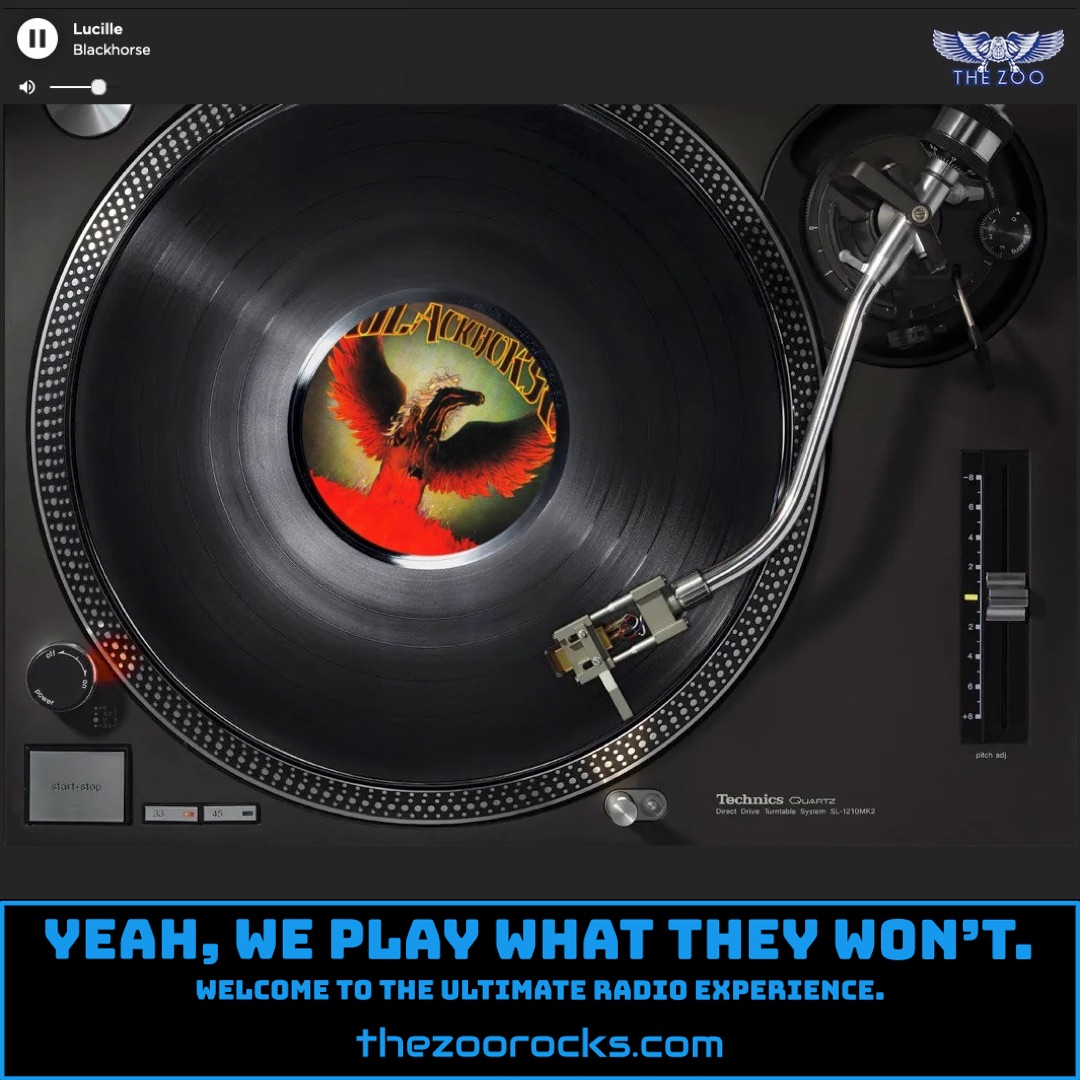Helpless
Crosby, Stills, Nash & Young
The Zoo Crew is grooving to Helpless, a haunting track by Crosby, Stills, Nash & Young from their iconic 1970 album Déjà Vu. Written by Neil Young, the song captures a sense of longing and vulnerability, inspired by his childhood in Omemee, a small town in North Ontario. In a 1995 interview with Mojo magazine, Young clarified that Helpless isn’t about a specific place but rather “a feeling,” blending memories of his youth with a universal sense of being trapped or yearning for escape. The song’s recording was a rare moment of unity for the band, with Young noting in a 1975 Rolling Stone interview that it was one of the few tracks—alongside Woodstock and Almost Cut My Hair—where the full quartet played together live in the studio. This was no small feat, as the sessions were often fractured, with members recording separately due to personal tensions and tragedies, like David Crosby’s grief over his girlfriend Christine Hinton’s recent death.
Another tidbit from the Déjà Vu sessions reveals the song’s unique evolution. A 2021 release for the album’s 50th anniversary included an alternate mix of Helpless featuring a harmonica intro, which Young had recorded solo in Los Angeles before bringing it to the group. This version, described as “sublime” by The Old Grey Cat, showcases Young’s raw, introspective style. The song’s emotional weight also stems from Young’s personal history—he contracted polio at age five in 1951, leaving him with a lifelong limp, and Helpless channels memories of that isolating time. Fans on Genius have noted how the lyrics, like “Blue, blue windows behind the stars,” evoke a dreamlike yet melancholic atmosphere, making it one of Young’s most beloved compositions.
Crosby, Stills, Nash & Young formed in 1968, born from the ashes of three seminal 1960s bands. David Crosby had been ousted from The Byrds in 1967, Stephen Stills’ Buffalo Springfield disbanded in 1968, and Graham Nash left The Hollies that same year. The trio’s origin story is the stuff of rock legend: they first sang together at a party in Los Angeles, hosted by either Joni Mitchell or Mama Cass, and were floored by their natural vocal harmony. As Nash recalled to Music Radar, “We knew we had something special.” They signed with Atlantic Records and released their self-titled debut in 1969, a folk-rock masterpiece featuring hits like Suite: Judy Blue Eyes. Atlantic’s Ahmet Ertegun suggested adding Neil Young, Stills’ former Buffalo Springfield bandmate, to bolster their live sound, and Young joined for their 1969 tour, including their second-ever gig at Woodstock.
The addition of Young transformed the trio into a supergroup, but it wasn’t without friction. Each member was a strong-willed singer-songwriter, and their clashing egos—compounded by personal struggles like breakups and Crosby’s loss—made Déjà Vu’s creation a grueling 800-hour ordeal, as Stills estimated in a 1971 Hit Parader interview. Despite the chaos, the album hit No. 1 on the Billboard 200, went seven-times platinum, and remains their best-selling work, with over 8 million copies sold. The band’s intricate harmonies and blend of folk, rock, and protest anthems defined an era, influencing countless singer-songwriters. Though they’ve reunited sporadically, releasing only three studio albums as a quartet, their legacy endures through Déjà Vu and live recordings like 4 Way Street.
For Zoo Freaks wanting to dive deeper, check out CSNY’s official website for news and tour updates. Follow them on Facebook, Instagram, and X for throwback photos and fan discussions. Fans can also connect on the Crosby, Stills, Nash & Young Fan Group on Facebook, a vibrant community sharing memories and rare clips. For tribute vibes, visit Deja Vu - A Musical Retrospective of CSNY, a fan site celebrating their music through live performances. Keep spinning those records, Zoo Crew!

